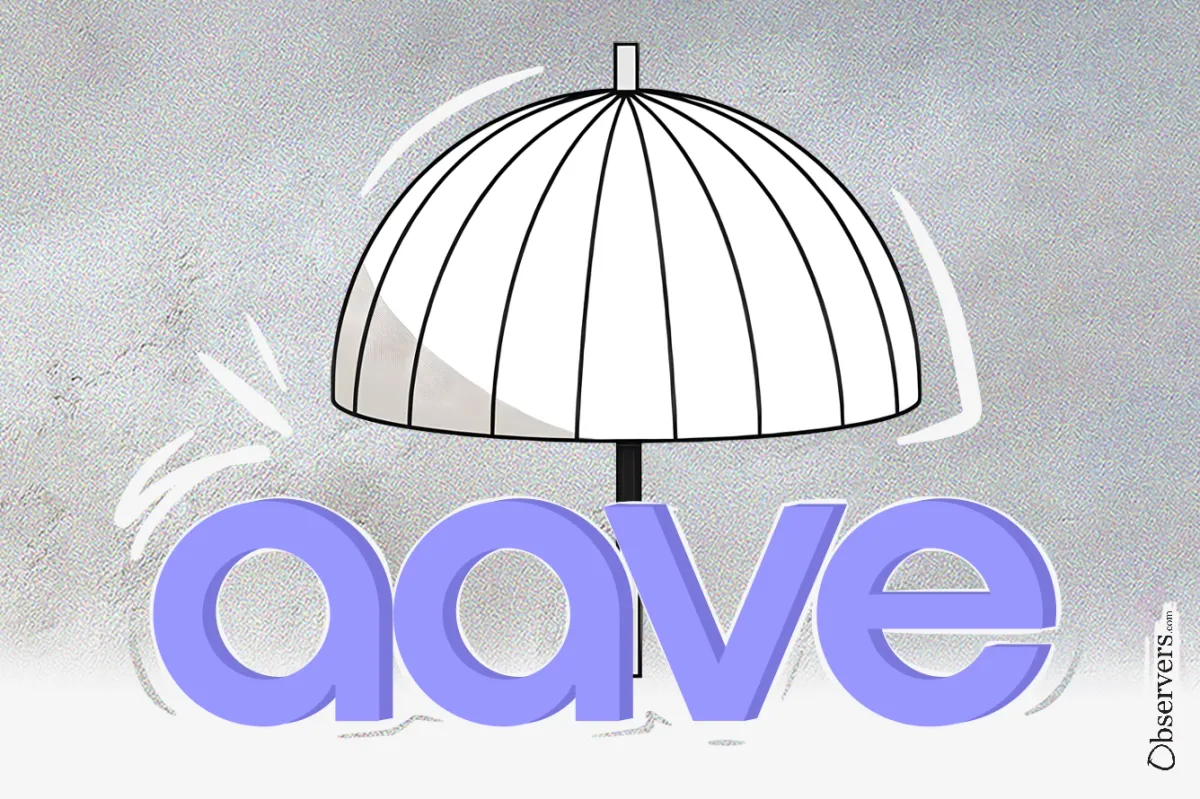
Aave has rolled out the Umbrella Safety Module, a major upgrade to its earlier safety system and a key change to how the $AAVE token works within the protocol.
Back in 2020, Aave launched its first Safety Module. It let $AAVE holders and $AAVE/WETH Balancer LPs stake their tokens to earn extra rewards, while also taking on the risk of slashing to help cover potential losses in the system. At the time, this was a big step forward and helped secure over $100 million that could be used to protect the protocol if needed.
That system, however, had some clear issues. The main one was capital inefficiency: $AAVE was the only collateral. But when bad debt happens on Aave, it is in whatever asset was borrowed, like USDC. So, to cover the loss, the protocol had to sell $AAVE to buy USDC, which added sell pressure during already stressful times. This could hurt the value of $AAVE and the safety module itself, creating a risk of a downward spiral.
Another problem was how slashing decisions were made. They required governance votes, which created uncertainty—when would slashing happen, would $AAVE holders approve it, and which pools or networks were even covered?
Finally, the original Safety Module only worked on Ethereum, making it more difficult to resolve issues on other chains.
The new Umbrella Safety Module is designed to solve all of this.
aTokens of Aave
First, it moves away from using $AAVE as the backstop. Instead, it relies on aTokens—the yield-bearing tokens users receive when they supply assets to Aave. Anyone holding aTokens (as long as they are not borrowing) can choose to opt into STK mode. In this mode, they continue to earn yield like normal, but take on a risk of slashing in return for extra rewards. If there is a shortfall, part or all of their deposits could be used to cover it.
This time, slashing is automatic and based on clear, on-chain rules. If bad debt in a particular asset crosses a set threshold, anyone can trigger a slashing event. There is no need for governance votes, which makes the process faster and more consistent.
Also, there is no longer a single global safety module. Each Aave market on each chain will have its own local Umbrella Safety Module. So, users will be staking to cover the same asset on the same network, making the system more efficient and better targeted in the event of a loss.
Demand for the new model is expected to be strong. It offers attractive additional yield, and historically, Aave’s Safety Module has never been slashed. While slashing remains a possibility, large-scale events are expected to be rare.
The Safety Module upgrade is part of Aave’s broader tokenomics revamp. In April, Aave also launched a token buyback program. Within just a few months, the project has acquired over $11 million worth of AAVE at current prices. However, the token has yet to fully reflect these changes, despite being up 50% over the past 30 days, it still remains 60% below its all-time high.
At the same time, Aave continues to lead the decentralized lending space, with more than $25 billion locked in the protocol and over $16 billion in active loans—both all-time highs for the protocol.

